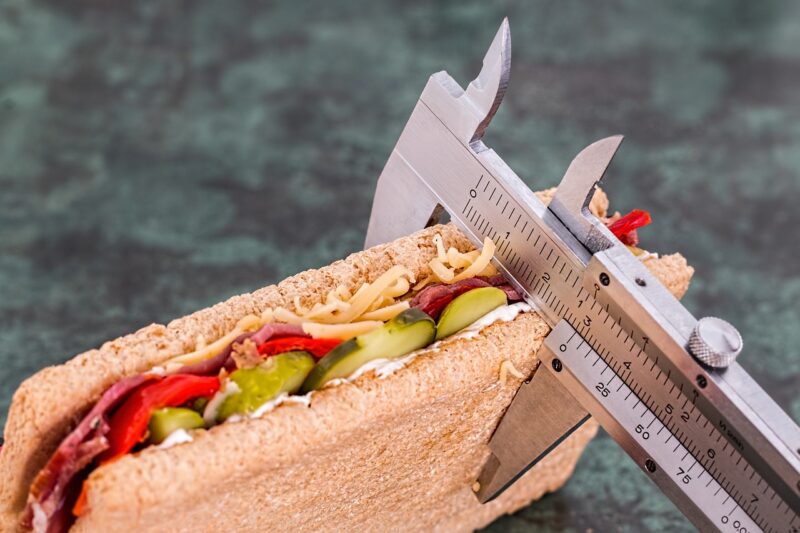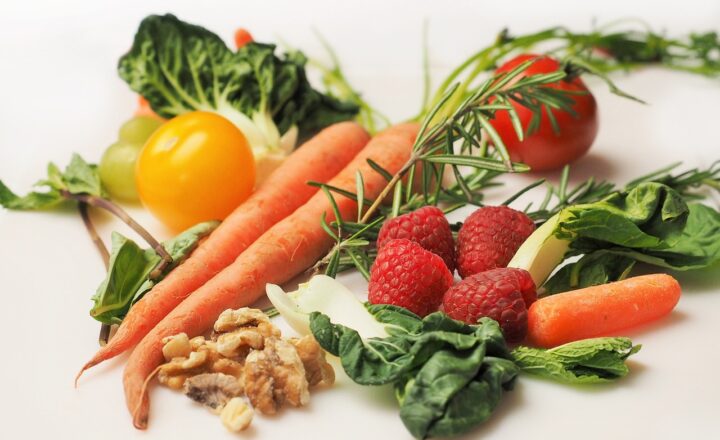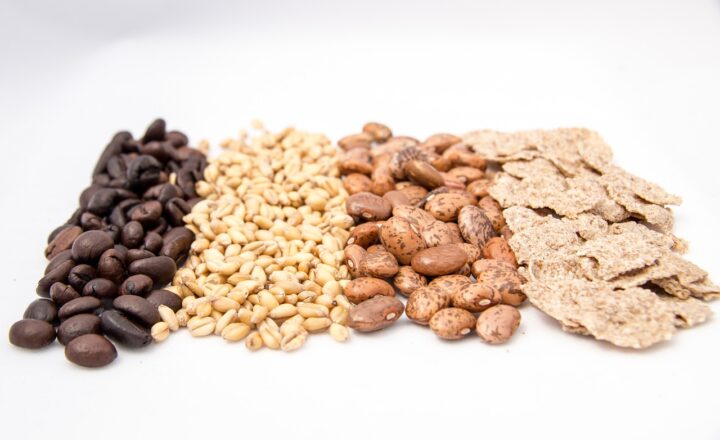The Best Low-Calorie Foods to Eat for Weight Loss Without Sacrificing Muscle
November 14, 2024

When it comes to losing weight, the focus is often on calorie restriction, but one crucial aspect that is frequently overlooked is the importance of preserving muscle mass. Maintaining lean muscle during a calorie deficit not only helps you look toned but can also boost your metabolism. Knowing which foods provide essential nutrients without excess calories is key to effective weight loss.
1. Understanding the Role of Muscle Mass in Weight Loss
Many individuals think that the only way to lose weight is to cut calorie intake drastically. However, this approach may lead to muscle loss, which can slow your metabolism and make it tougher to maintain weight loss in the long run. Muscle tissue burns more calories than fat tissue, even at rest, making it essential to retain as much muscle as possible.
Key Factors:
– Preserving Muscle Mass: Helps maintain a higher metabolic rate.
– Improved Body Composition: Aids in achieving a leaner, more toned appearance.
– Enhanced Performance: Supports physical activity and exercise performance, which are crucial during weight loss.
2. The Importance of Protein in Your Diet
Protein plays a vital role in preserving muscle mass. When you are in a calorie deficit, incorporating enough protein can help prevent muscle breakdown. Aim for a balanced intake of high-quality protein sources that are low in calories. Recommended amounts vary, but a common guideline is to consume approximately 1.6 to 2.2 grams of protein per kilogram of body weight for those looking to preserve muscle.
Healthy Protein Sources:
– Chicken Breast: Lean and versatile, chicken breast is a staple for many weight loss diets. One serving contains approximately 27 grams of protein and only 165 calories.
– Fish: Options like salmon and tilapia are high in protein and also provide essential fatty acids that support overall health.
– Greek Yogurt: This dairy option is high in protein and can be eaten alone or used in smoothies or dressings. One serving contains about 20 grams of protein and only 100 calories.
– Legumes: Beans and lentils are not only good protein sources but also provide fiber, which keeps you full. Lentils offer about 18 grams of protein per cooked cup with approximately 230 calories.
3. Low-Calorie, Nutrient-Dense Foods to Consider
When focusing on low-calorie foods that support muscle preservation, look for those rich in vitamins, minerals, and fiber. Here’s a list of excellent options:
Vegetables:
– Spinach: Extremely low in calories (7 calories per cup), it’s also packed with iron and vitamins A and K, making it an excellent addition to meals.
– Broccoli: With only about 55 calories per cup, broccoli is rich in fiber and nutrients, perfect for fighting hunger on a diet.
– Zucchini: This vegetable is low in calories (about 21 calories per cup) and highly versatile, making it a popular choice for recipes.
– Cucumbers: Extremely refreshing and hydrating, cucumbers have just 16 calories per cup, making them a perfect snack when you’re aiming to lose weight.
Fruits:
– Berries: Strawberries, blueberries, and raspberries are delicious and low in calories, with about 50-80 calories per cup, while providing antioxidants and vitamins.
– Watermelon: Contains about 30 calories per cup, providing hydration and sweetness without large caloric intake.
– Apple Slices: Apples are filling, approximately 95 calories for a medium-sized fruit, and provide fiber to help control hunger.
4. Incorporating Healthy Fats
While focusing on low-calorie foods, don’t ignore healthy fats, which are essential for hormone regulation and overall health. They can help keep you satiated longer, making it easier to adhere to a calorie deficit.
Healthy Fat Sources:
– Avocado: While slightly higher in calories, a small amount can provide good fats and fiber. One avocado contains approximately 240 calories, but 1/4 can be very satisfying.
– Nuts and Seeds: Almonds and sunflower seeds provide essential fatty acids. Opt for portion control, as they are calorie-dense (about 160-200 calories for a small handful).
– Olive Oil: A staple in healthy diets, a tablespoon adds healthy fats to your meals, holding approximately 120 calories.
5. Planning Meals for Success
To effectively incorporate low-calorie foods while preserving muscle during weight loss, meal planning is essential. Here are some tips:
– Balanced Plates: Emphasize a portion of protein, a variety of vegetables, and a small amount of healthy fats for each meal.
– Meal Prep: Preparing meals in advance can help you avoid impulse eating and allows for better portion control.
– Stay Hydrated: Drinking plenty of water can suppress appetite and support metabolism.
– Monitor Progress: Keep an eye on your nutrition and weight to ensure that you are losing fat while preserving muscle. Use tools like food diaries or apps to track your intake.
Conclusion
Losing weight doesn’t have to come at the expense of muscle loss. By prioritizing low-calorie, nutrient-dense foods and ensuring that you incorporate enough protein into your daily meals, you can achieve your weight loss goals without sacrificing your hard-earned muscle. Focus on holistic health through balanced nutrition and regular exercise to achieve sustainable results.
With the right strategies in place, you can enjoy tasty meals while losing weight and maintaining a toned physique.






